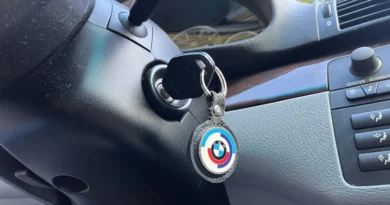How to Fix Recovery Error on Windows Laptops
Sometimes Windows 10 users face “ Recovery Error ” problem on their laptops. Most often, a failure is accompanied by different codes, in which the cause of the problem lies.
Recovery Error reasons
So, you are faced with a recovery error and one of the codes below. What do they mean?
- 0xc000000f – an error occurred while trying to read boot configuration data.
- 0xc000014C – data for boot configuration was not found or contains errors.
- 0xc0000225 – boot is unable to start due to unavailability of the requested device.
- 0x0000098 , 0xc0000034 – Boot configuration data does not find the required information or does not contain a valid OS record.
Solution method
We offer the most common and effective methods for fixing a crash that has occurred.
Reinstallation
- Make sure all external devices are turned off.
- Connect the boot-usb with the installer to a free USB port.
- Download the installer and select Repair your computer.
- Go to the Troubleshoot section.
- Select “Reset this PC”. Keep in mind that this option will delete all information contained in the system.
System file checker (SFC)
If the previous step did not help, reboot the systems and return to the recovery options.
- Select advanced settings.
- Go to Command Prompt.
- Run a system check (or SFC) to replace damaged files or drivers. Type sfc / scannow and hit enter.
Deployment Imaging and Servicing Management (DSIM)
If that doesn’t work, try Deployment Imaging and Servicing Management (DSIM).
- Type Type Dism / Online / Cleanup-Image, then use different commands:
/ ScanHealth – check for damage to existing components. / CheckHealth – check for damaged component labels. / RestoreHealth – check for damage and fix it with Windows updates. Remember, a space is required before /.
Master Boot Record (or MBR)
If DISM does not handle the situation, use the Master Boot Record (or MBR).
- Type bootrec / RebuildBcd, hit enter.
- Then bootrec / fixMbr -> enter -> bootsec / fixboot -> enter.
The recognition and repair process can take a long time. Be patient.
- Reboot your system.
- You will probably need to use additional commands:
bootsect / nt60 SYS or bootsect / nt60 ALL.
Boot Configuration Data (or BCD)
If the previous option doesn’t work, try repairing Boot Configuration Data (BCD).
- Enter bootrec / rebuildbcd -> enter.
UEFI supported system
Optionally, the UEFI Support System can help solve the problem.
- Open Command Prompt.
- Enter Diskpart.
- Hit enter.
- Type List volume, press enter.
- Select the drive labeled ESP (or EFI System Partition) on your SSD or HDD that supports UEFI (Unified Extensible Firmware Interface).
- Type Assign letter = z.
- Then “exit”.
- Enter bcdboot C: windows / s Z: / f UEFI.
- Press enter and restart your laptop.
Steps like these can bring your laptop back to life. If this does not happen, contact the service center.
